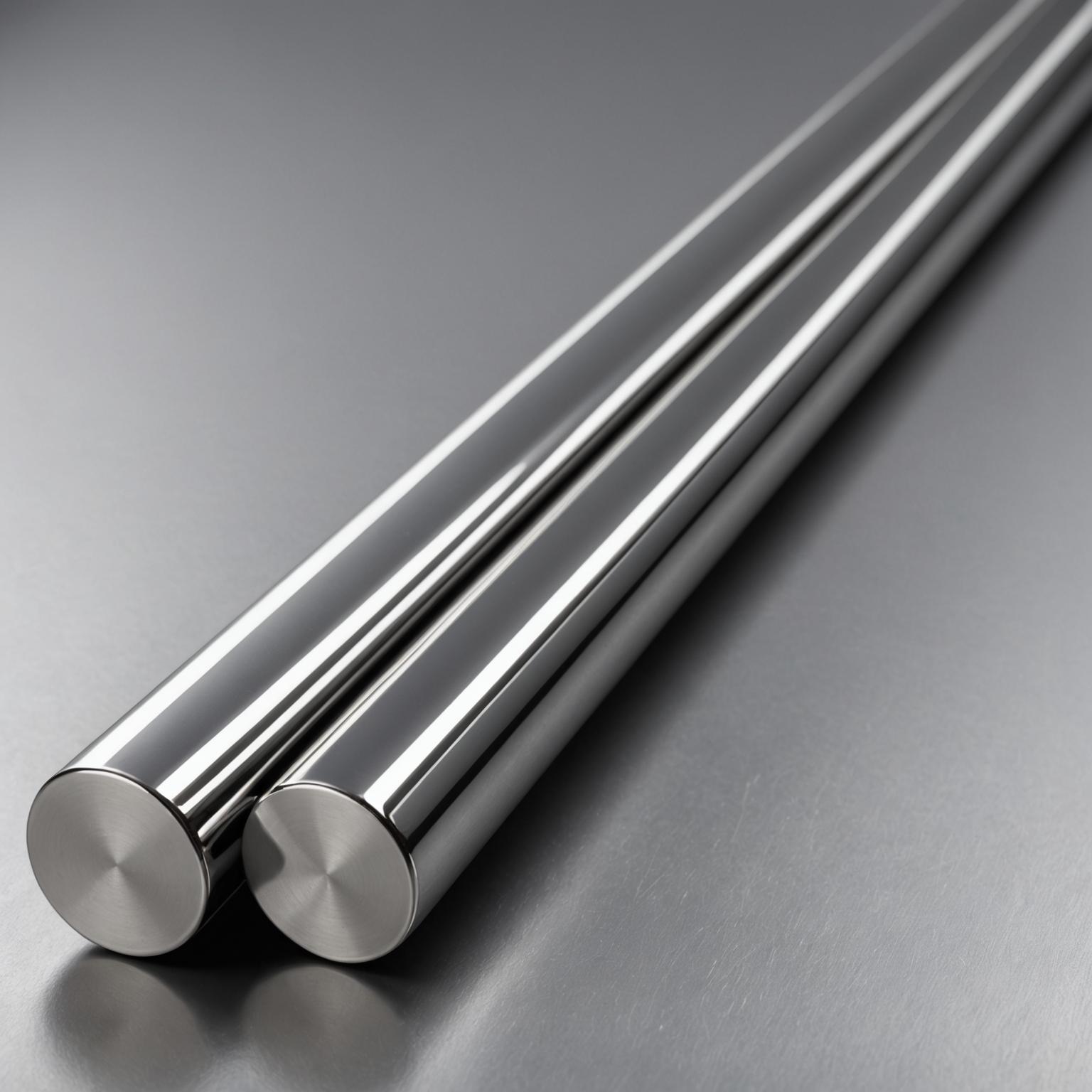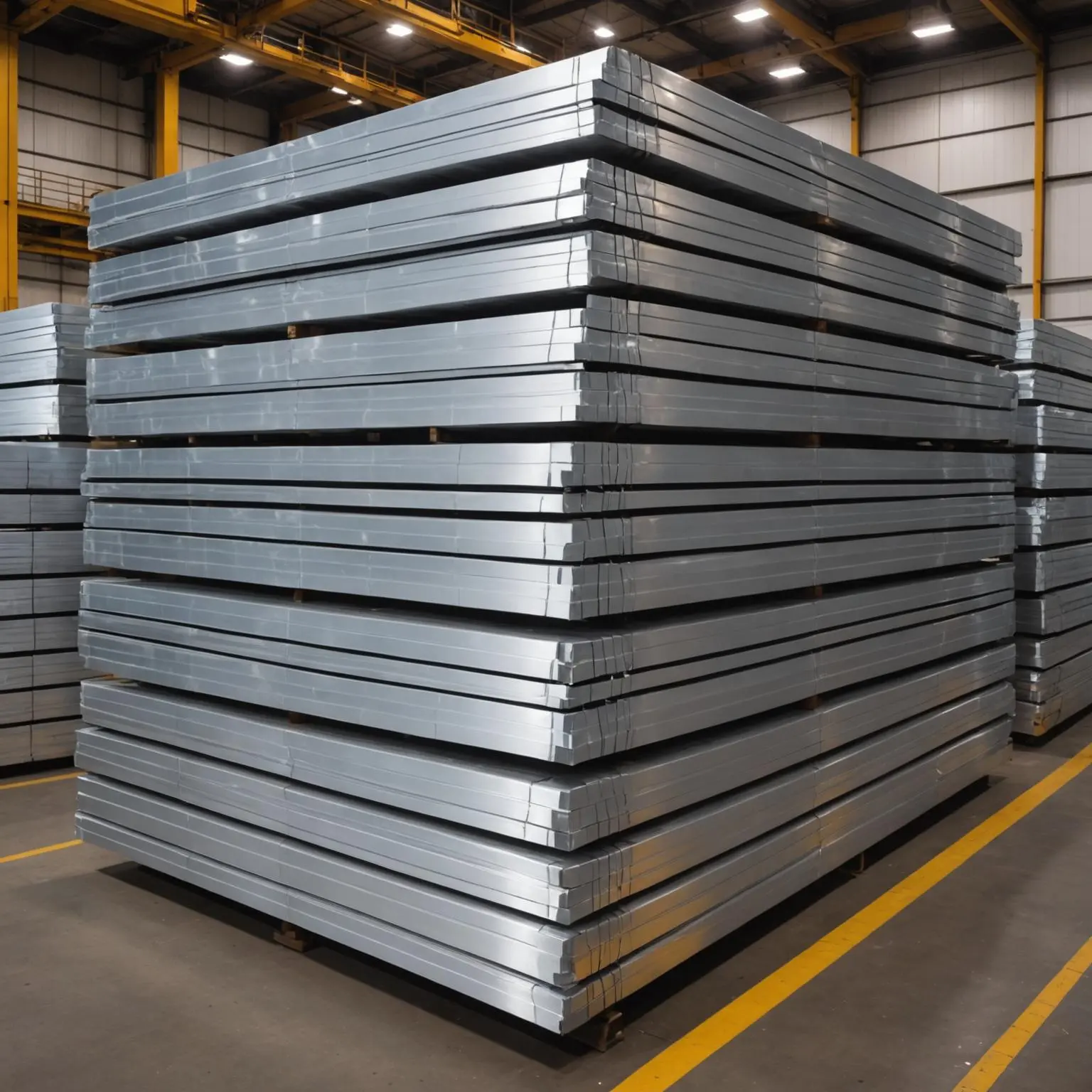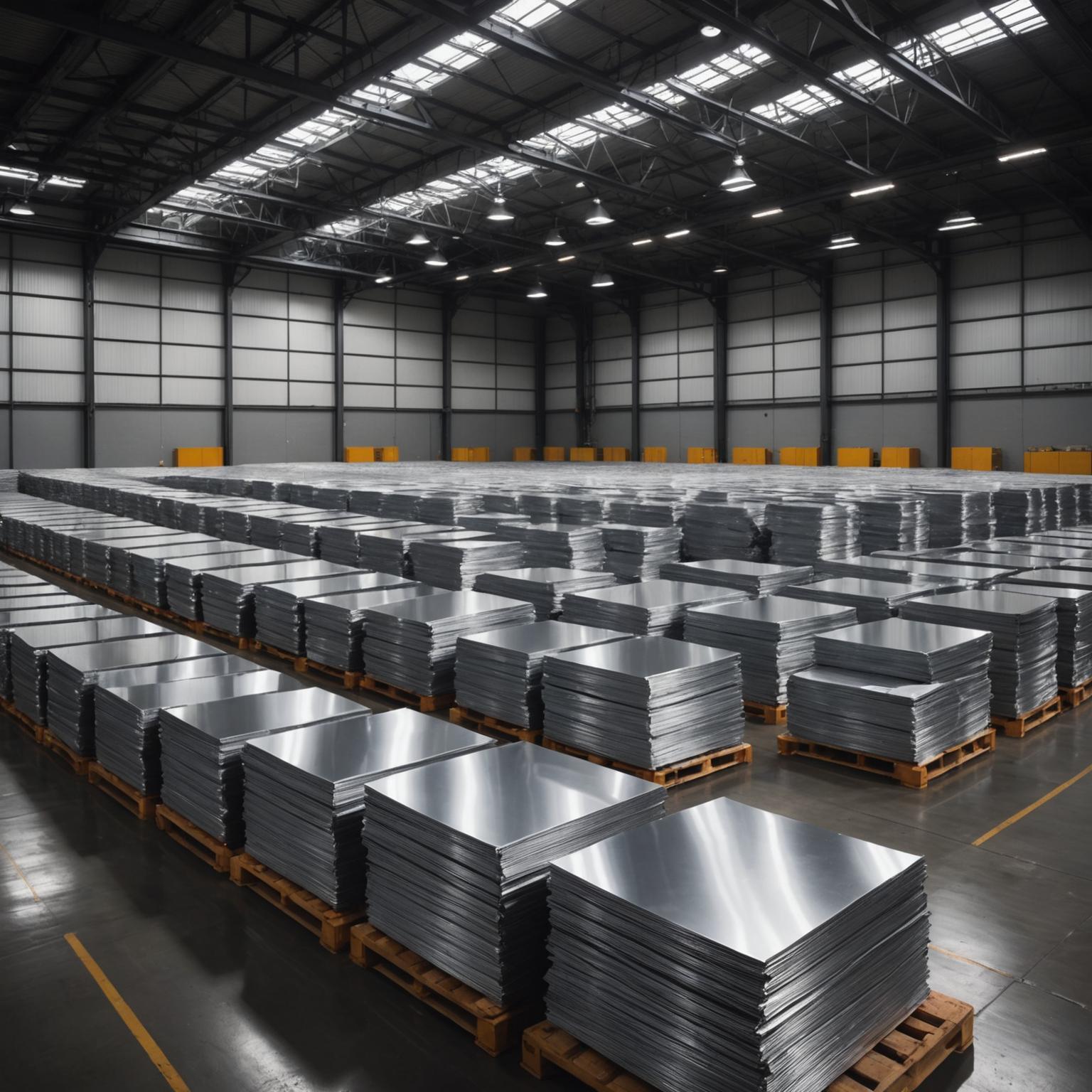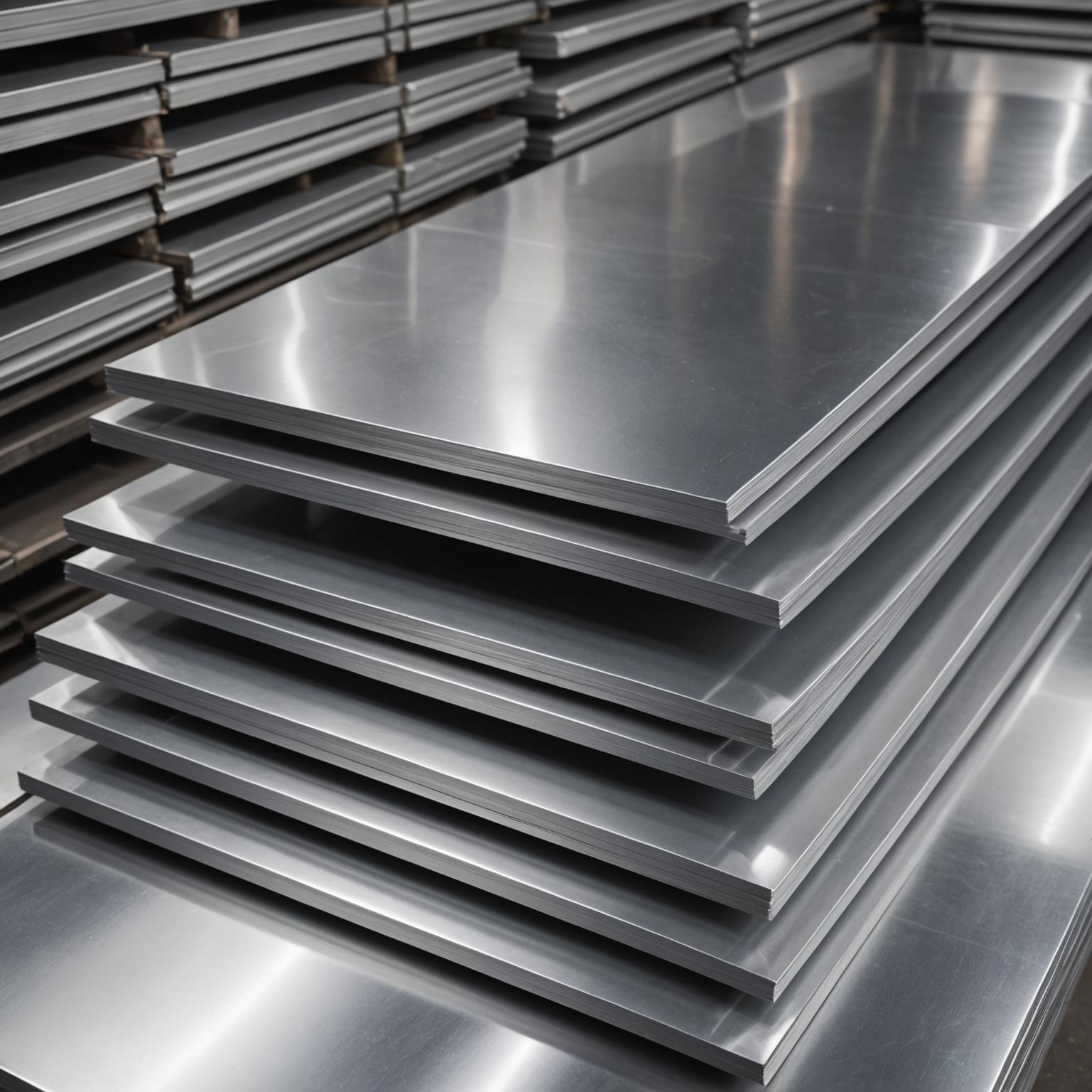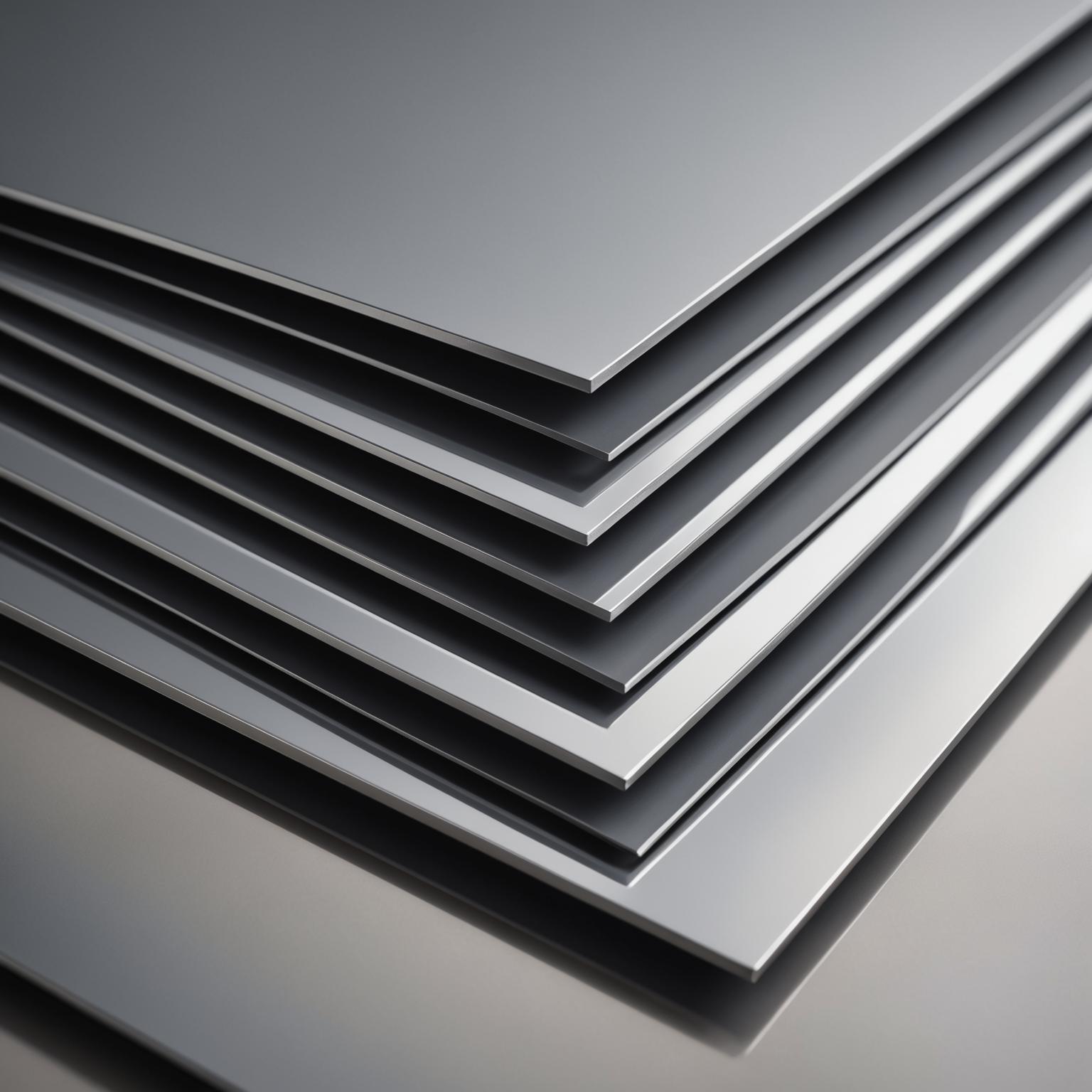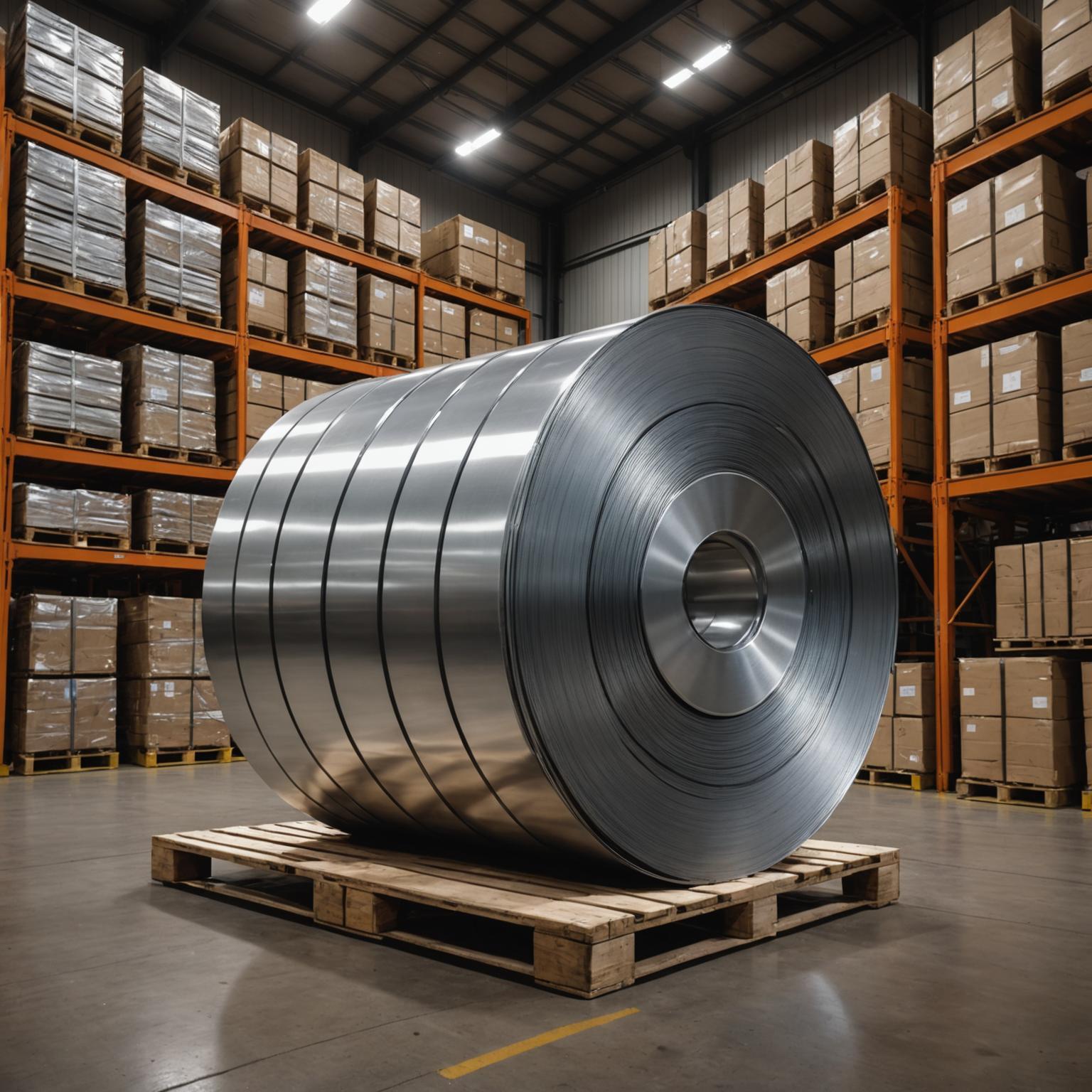When selecting materials for architectural, industrial, or design projects, a comprehensive 304 vs 316 stainless steel sheet comparison is essential for making an informed and effective decision. Stainless steel is renowned for its sleek appearance, strength, and resistance to corrosion, but not all grades are created equal. While 304 and 316 stainless steel may look virtually identical, especially when presented as a premium brushed stainless steel panel, their underlying chemical compositions dictate their performance, longevity, and ideal applications. Understanding the nuanced differences between these two incredibly popular austenitic grades is the key to ensuring your project not only looks exceptional but also withstands its specific environmental challenges for decades to come.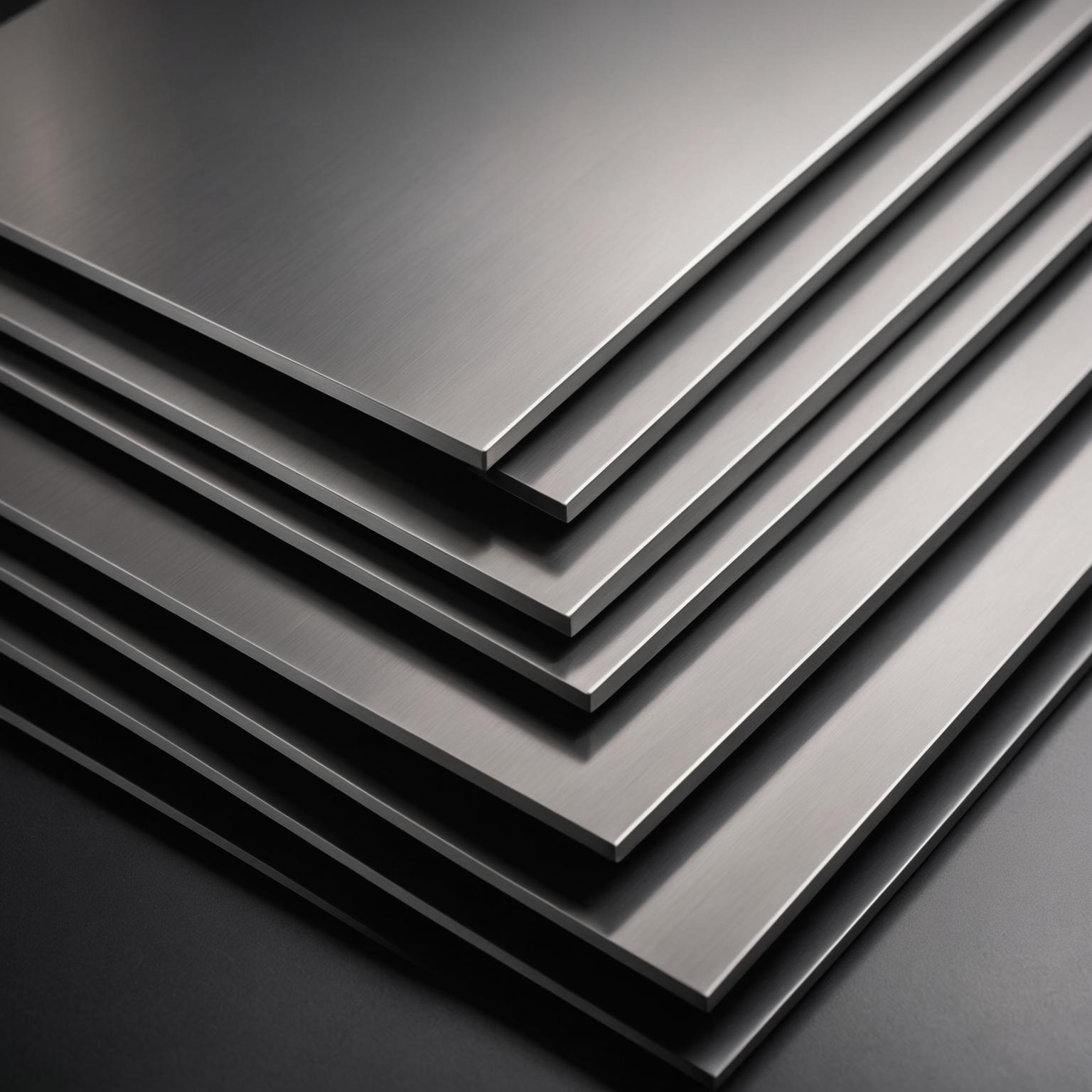
The Foundation of Stainless Steel: Composition and Properties
Stainless steel's defining characteristic is its 'stainless' quality, which it owes to a minimum of 10.5% chromium in its alloy composition. This chromium creates a passive, self-healing oxide layer on the surface that protects the iron base from rust and corrosion. Both 304 and 316 grades belong to the austenitic family, meaning they have a specific crystalline structure that makes them non-magnetic, highly formable, and easy to weld. This versatility is why they can be crafted into products with immaculate flat edges and a uniform brushed texture, suitable for everything from luxury interiors to demanding industrial machinery. The material mastery involved in processing these sheets results in a product that is not just functional but also a statement of modern elegance and uncompromising quality.
Grade 304: The Versatile Industry Standard
Grade 304 stainless steel is the most widely used stainless steel in the world, often referred to as 18/8 due to its typical composition of 18% chromium and 8% nickel. This composition provides excellent resistance to a wide range of atmospheric environments and many corrosive media. Its combination of durability, aesthetic appeal, and cost-effectiveness makes it a workhorse material across countless industries. You will find 304 stainless steel in kitchen appliances, food processing equipment, sinks, architectural paneling, and automotive trim. For interior applications, such as a brushed stainless steel sheet used for wall cladding, furniture accents, or sleek countertops, grade 304 is often the perfect choice. It offers the required durability and premium look without the additional cost of more specialized alloys. However, its primary weakness lies in its susceptibility to corrosion from chloride solutions, particularly saltwater. This makes it less suitable for coastal or marine applications where exposure to salt is constant.
Grade 316: The Superior Choice for Harsh Environments
Grade 316 stainless steel takes the excellent properties of 304 and enhances them with a crucial addition: molybdenum. Typically containing about 2-3% molybdenum, this element significantly increases the material's resistance to corrosion, especially against chlorides and other industrial solvents. This addition is what earns 316 its nickname of 'marine-grade' stainless steel. While it is visually indistinguishable from 304, its performance in harsh conditions is vastly superior. This makes it the ideal material for applications involving saltwater exposure, chemical processing, medical and pharmaceutical equipment, and outdoor architectural fixtures in coastal regions. If you are designing a project with brushed stainless steel panels for exterior facades or in environments with high humidity and salt spray, investing in grade 316 will prevent pitting and crevice corrosion, ensuring the material retains its brilliance and structural integrity. The advanced craftsmanship that produces a flawless brushed linear pattern is equally applicable to 316, delivering a product that is both incredibly robust and visually stunning.
Direct Comparison: Key Differentiators
When placing these two grades side-by-side, the choice boils down to environment and budget. The most significant factor in the 304 vs 316 stainless steel sheet comparison is corrosion resistance. Grade 316, with its molybdenum content, is unequivocally superior in resisting chlorides, acids, and saltwater. Grade 304 provides ample protection for most everyday situations but will corrode in chloride-rich settings. This superior performance comes at a price; grade 316 is typically 20-30% more expensive than 304 due to the inclusion of molybdenum. In terms of mechanical properties, both are strong and durable, but 316 has slightly better strength and hardness at elevated temperatures. Both grades offer excellent weldability and formability, meaning they can be precisely fabricated into high-quality sheets suitable for a range of innovative designs without compromising their structural integrity. Furthermore, both grades are environmentally conscious choices, as stainless steel is 100% recyclable, making it a sustainable option for green building and manufacturing.
Making the Final Decision for Your Project
Ultimately, selecting the right stainless steel grade is a balancing act between performance requirements and cost. For interior projects where aesthetics and general durability are key—such as kitchen backsplashes, appliance housing, or decorative wall panels—grade 304 is an excellent and economical choice. Its proven performance and lower cost make it ideal for a vast array of applications where it won't be exposed to aggressive corrosive agents. However, if your project will be located near the coast, used in a laboratory, exposed to de-icing salts, or requires resistance to harsh chemicals, the higher initial investment in grade 316 is a wise and necessary one. It provides peace of mind and long-term value by preventing costly corrosion damage and replacement down the line. By carefully considering the service environment, you ensure that your chosen material—whether it’s a sleek, brushed stainless steel panel for architecture or a functional component for industry—delivers the longevity and performance you expect.



